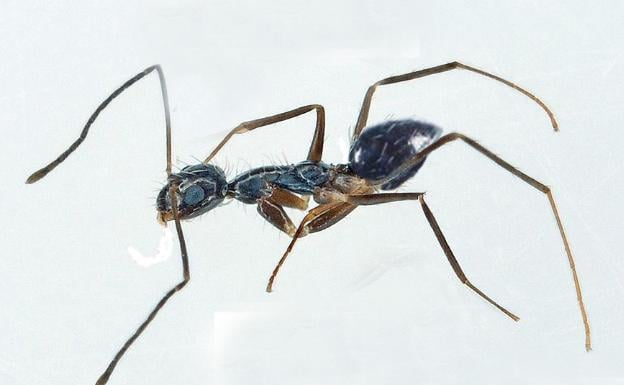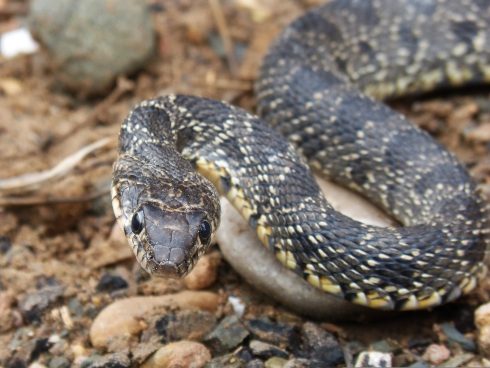THE invasive ‘crazy ant’ has arrived to the Axarquia, ecologists have confirmed.
Director of the Cabinet for Nature Studies (GENA) and Ecologists in Action Rafael Yus first discovered the ant species in a home in Velez-Malaga this summer.
He knew instantly that they were different to other species.
“The ants appeared above the table and when they were threatened moved extremely quickly, you could not see their leg with the naked eye and made erratic movements in their retreat, making them harder to follow,” explained biologist Yus to Diario Sur.

“We were not specialists in ants so we sent a sample to expert Dr Alberto Tinaut at Granada University.”
There they were confirmed to be an exotic and invasive species called the Paratrechina longicornis, aka the ‘crazy ant’.
“It is the first record of this species in the Axarquia region and the second in Malaga province after recently being discovered in Picasso Park in Malaga,” added Yus.
The ant is relatively small, measuring from 2.3 to 3mm long. They do not bite or sting humans.
According to GENA-Ecologistas en Acción, it is an opportunistic, predatory scavenger and an omnivorous species that consumes live or dead insects and honeydew.
It means they are attracted to fruit and food, hence they invade homes and crops.
“It is a very adaptable species, able to live in both dry and humid environments, but it prefers warm areas, which explains why it has thrived in the Axarquia,” Yus explained.
“Their nests are difficult to find, often in cracks in walls or under stones, and often far from where they are found roaming.”
Their origin is disputed, with some believing they hail from Asia or Oceania, but many also think they come from Senegal in Africa.
They first arrived in Spain in Almeria and have now spread down to Malaga.
“As an invasive species it causes an ecological impact, by being able to displace other native ant species, as well as other invertebrates,” Yus said.
The ants are rid of fairly easily with the use of certain ‘toxic baits.’









